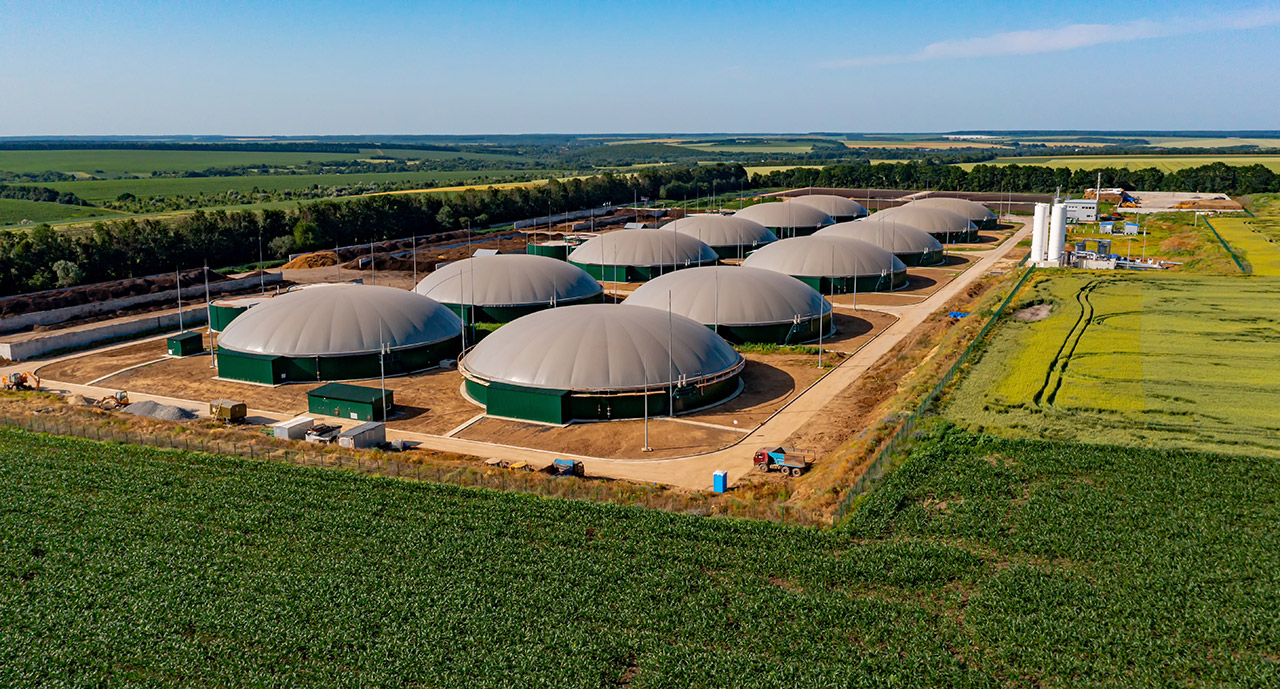Waveguide-based trace gas analysis of methane (HLSG-CH4)

Project Description
The EU Methane Strategy outlines how methane emissions in the agriculture, waste and energy sectors will be better recorded and further reduced. In the methane strategy, in addition to regulations for measuring and reporting methane emissions, the Commission announces measures to better detect and repair leaks in the gas infrastructure. In the field of trace gas analysis, various sensor technologies are commercially marketed, although cross-sensitivity and environmental conditions in particular severely limit the applications and lifetime of sensor systems. For trace gas analysis, conventional optical gas sensors have limited applications for selected gases with high absorption rates. Among other things, this is due to the geometry of the gas sensing elements used in terms of the resulting absorption distance. Within the scope of the project, a waveguide-based method and sensor system shall be developed, which allows the detection of small methane gas leaks and areal anthropogenic methane gas emissions. The innovation of "HLSG-CH4" lies in the integrative approach to adapt a waveguide and resonator geometrically and metrologically in such a way that a mobile compact measurement system is created. Application of this measurement technique will be in the context of emission reduction in current natural gas technology and in the growing biomethane market.
Motivation
The anthropogenic share of the greenhouse effect has been growing in recent decades and is increasingly influencing the global climate with serious impact on various ecosystems. The "Global Warming Potential" (GWP; CO2 = 1) on a 20-year scale of methane is 84 (GWP20). Next to carbon dioxide, methane is the most significant greenhouse gas, whose concentration in the atmosphere is increasing annually with recently increasing dynamics. The most significant anthropogenic sources are agriculture, landfills, mining, oil and gas production. In addition, there are unintentional emissions from process steps and leaks at biogas plants. Various measurement systems are available for methane concentrations in the explosion threshold range. Higher gas concentrations can also be detected during gas leak detection using microbolometer cameras. Methane often escapes over a large area as a trace gas and can only be detected selectively on a mobile basis with existing sensor systems to a limited extent. It is foreseeable that from 2023 gas suppliers throughout Europe will be legally obliged to measure emissions at gas plants. The emission behavior of compressors in particular can currently only be monitored (if at all) with an extremely high level of effort. For this purpose, measurements below 1 ppm are necessary, which cannot be mapped so far.
Aims
The measuring system to be developed is intended to enable reliable and selective detection of methane concentration changes in the trace range from 100 ppb in the atmosphere, in a compact mobile handheld device. Furthermore, the system shall enable a time-resolved detection of methane trace gas emissions in order to characterize sources and to develop approaches for emission reduction measures. The mobile systems available on the market so far operate in the range of methane concentrations >= 1 ppm.
 Fraunhofer Institute for Material and Beam Technology IWS
Fraunhofer Institute for Material and Beam Technology IWS